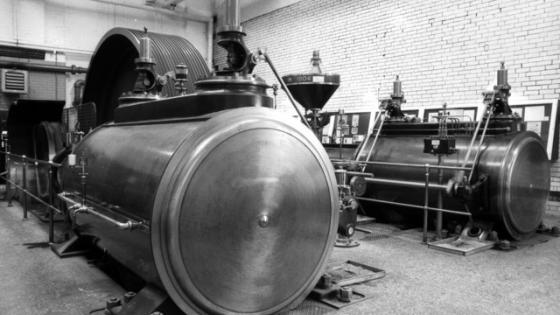DP3584 Investment-Specific Technical Change in the US (1947-2000): Measurement and Macroeconomic Consequences
By extrapolating Gordon?s (1990) measures of the quality-bias in the official price indexes, we construct quality-adjusted price indexes for 24 types of equipment and software (E&S) from 1947 to 2000 and use them to measure technical change at the aggregate and at the industry level. Technological improvement in E&S accounts for an important fraction of postwar GDP growth and plays a key role in the productivity resurgence of the 1990s. Driving this finding is 4% annual growth in the quality of E&S in the post war period and more than 6% annual growth in the 1990s. The acceleration in the 1990s occurred in every industry, consistent with the idea that information technology represents a general purpose technology. Furthermore, we measure for the aggregate economy and different sectors the ?technological gap?: how much more productive new machines are compared to the average machine. We show that the technological gap explains the dynamics of investment in new technologies and the returns to human capital, consistent with Nelson and Phelps? (1966) conjecture. Since the technological gap continues to increase ? it more than doubled in the past 20 years ? our evidence supports the view that at least some of the recent increase in productivity growth is sustainable.


